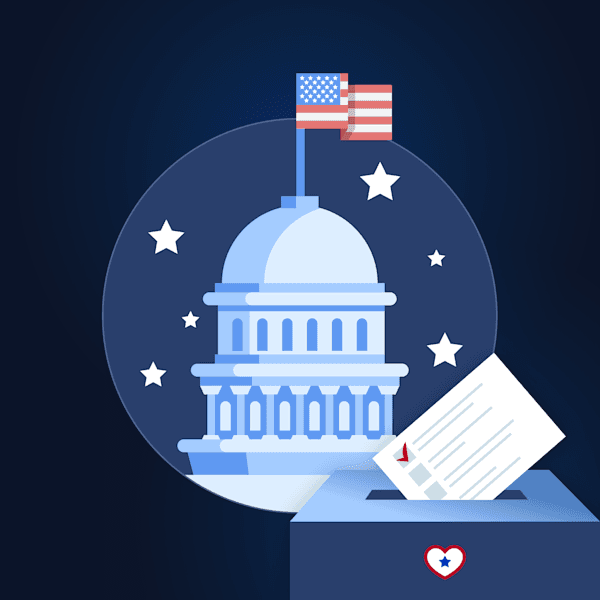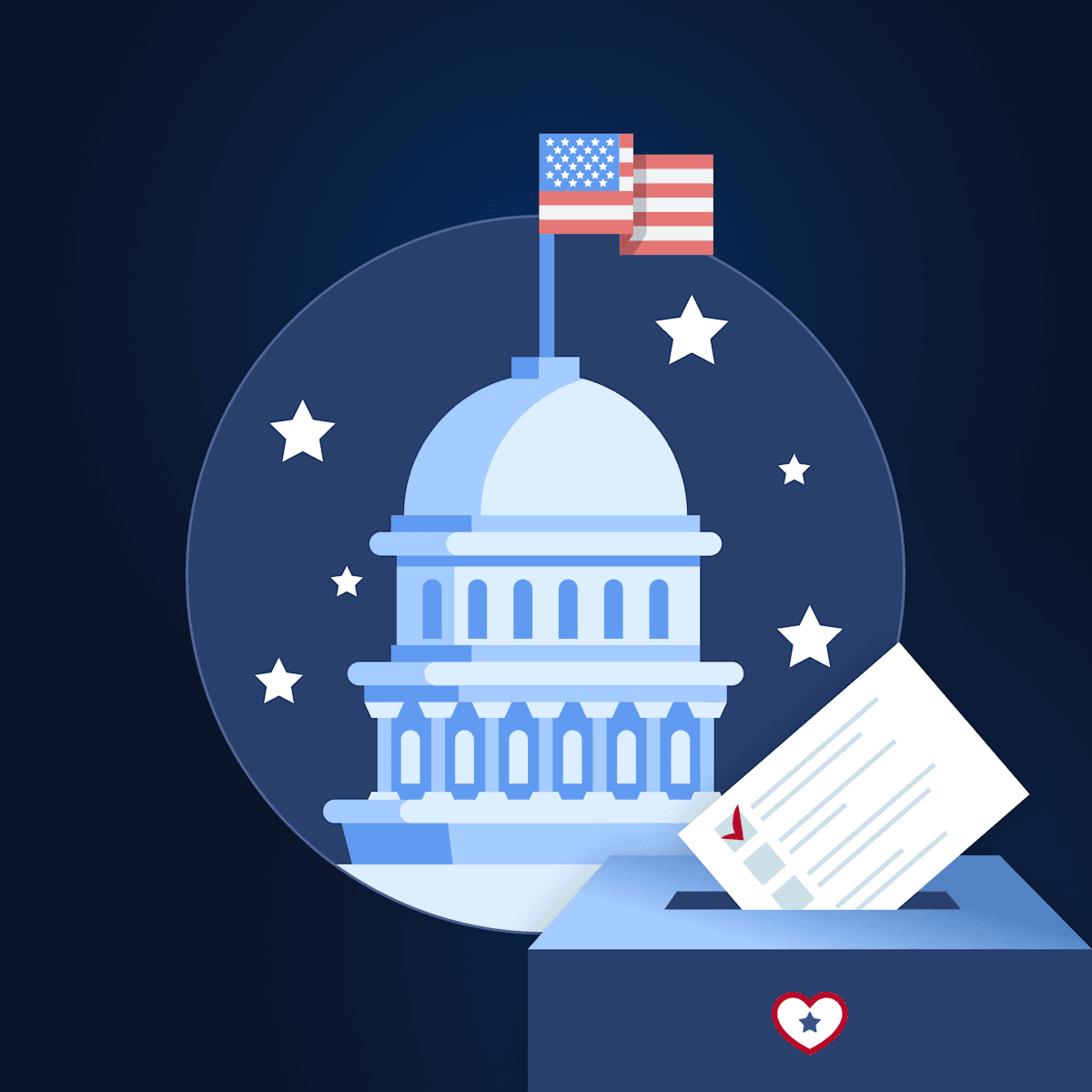
Understanding the Coattail Effect in Politics
The “coattail effect” is a phenomenon that occurs when the popularity of a political candidate or leader results in higher voter counts for other candidates of the same party. Voters may hear of a candidate for Congress “riding on the president’s coattails,” for instance.
The term “coattail” refers to the lower part of a coat that extends below the waist, lending additional coverage to the wearer. As a political term, the expression refers to the electoral influence of a victorious candidate on down-ballot elections. Coat tailing can also have negative implications, as a controversial or unsuccessful presidential candidate may cause candidates of their party to lose down-ballot races during an election.
In this guide, we’ll explore how the term “coattail effect” came into the national vocabulary, what campaigns have served as poignant examples of the coattail effect, and how we can approach this concept in the context of the 2024 elections.
The Coattail Effect, Explained
The exact origin of the term “coattail effect” is unclear. An early reference comes from Abraham Lincoln’s speech in 1848. Lincoln’s speech included a discussion of General Zachary Taylor’s “coattails.” Lincoln emphasized the hypocrisy of the Democratic Party in their criticism of Whigs taking refuge under the “military coat-tail” of presidential nominee Taylor as an example of the electoral impact of popular figures. He also mentioned the political dynamics of 20 years of hiding by the Democrats under the coattails of Andrew Jackson.
When did the term come more commonly into use?
According to the Google Books Ngram Viewer, a search of books from 1800 to 2008 reveals a resurfacing of the term “coattail effect" related to electoral influence in 1947. Usage of this term in political science took a strong upward swing by 1957, reaching its height in 1996.
Historic Examples of the Coattail Effect
Evidence of coat tailing in voter behavior appeared during the presidencies of Dwight Eisenhower, Ronald Reagan, and Bill Clinton. Here’s a closer look at each of their campaigns;
Dwight Eisenhower: President Eisenhower gained popularity from his part in the Allies’ victory during World War II. This rise in popularity, plus his reluctance to claim or flaunt political power, promoted his election in 1952. These factors plus an electoral wave effect resulted in Republican control of both the U.S. House of Representatives and the Senate as Eisenhower’s political influence spread.
Ronald Reagan: President Reagan’s backing of conservative Democrats and Republicans influenced his election to the presidency in 1980. During this election, Republicans regained the majority leadership of the Senate for the first time since the first term of President Eisenhower. These congressional victories owed part of their success to the electoral impact of Reagan’s popularity.
Bill Clinton: President Clinton gained victory in a three-candidate race for the White House in 1992. This election also produced a Democratic Congress. During the third year of the Clinton presidency, the Republicans regained both the House and Senate. This shift was accomplished partly by designing and promoting a “Contract with America” in opposition to what they claimed was an excessive overreach on healthcare policy by the Clinton administration.
In each of these examples, there was a transfer of political momentum from a presidential candidate or sitting president to down-ballot candidates. These examples demonstrate how voter behavior can be influenced by national leadership.
Recent Examples of the Coattail Effect
The coattail effect continues to play an important role in the outcome of American elections. Here are some more recent examples of the coattail effect in politics:
2016 Presidential Election: Following Donald Trump’s presidential victory in 2016, Republicans in both the House of Representatives and Senate retained a majority. However, some argue that Trump’s presidential coattails were much shorter than the typical president’s — mainly because his share of the popular vote was lower than most presidents’.
2018 Midterm Election: Midway through Trump’s term in office, a negative coattail effect contributed to the election of more Democratic members of Congress. Control of the House of Representatives flipped back to the Democrats, who held 235 seats.
2020 Presidential Election: With the election of President Joe Biden to the White House, political momentum increased for the Democratic Party. In 2021, run-off elections in Georgia resulted in the election of two Democratic senators, Jon Ossof and Raphael Warnock. This election flipped control of the Senate to the Democrats.
The Coattail Effect and the 2024 Elections
In 2024, elections for the House of Representatives may be the strongest indicators of the endurance or demise of the coattail effect on political popularity and electoral outcomes. Among the 435 House seats, a total of 218 seats are needed for control of the House by a political party. Whichever party gains control of the House could be strongly influenced by national sentiments concerning the presidential election.
It’s important to note that the coattail effect is not just inspired by voter sentiment, however. The coattail effect is also fueled by campaign donations, as parties, PACs, and other organizations tend to financially support candidates of similar ideologies.
As the 2024 general elections draw nearer, it will become clearer what precise impact the coattail effect could have on elections up and down the ballot.
Want to keep the conversation going? Join GoodParty.org’s growing community of independents, where you can participate in active discussions around politics, policy, and democracy reform.

